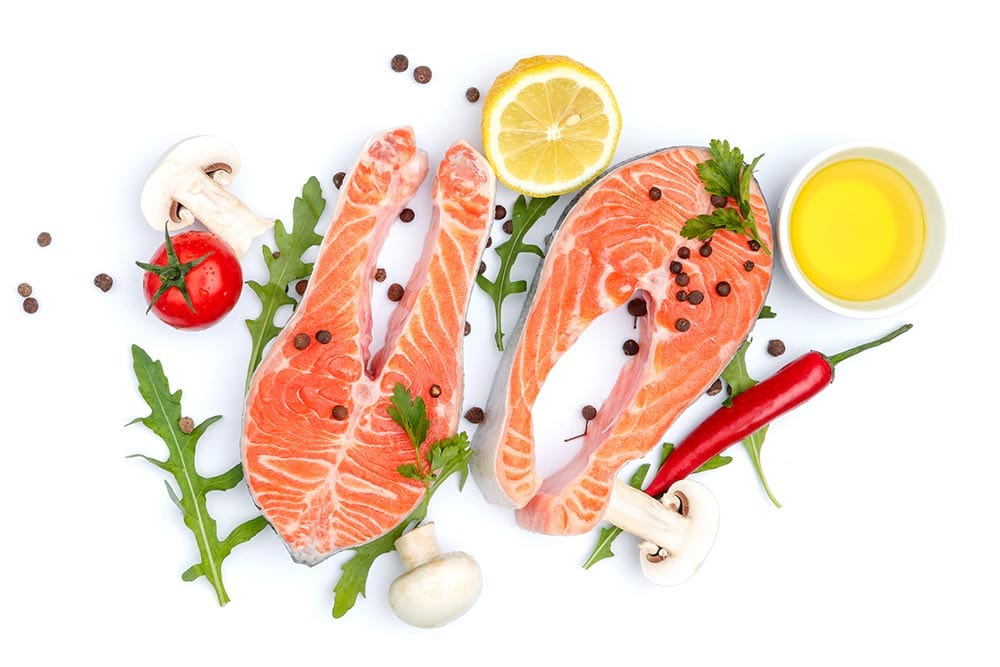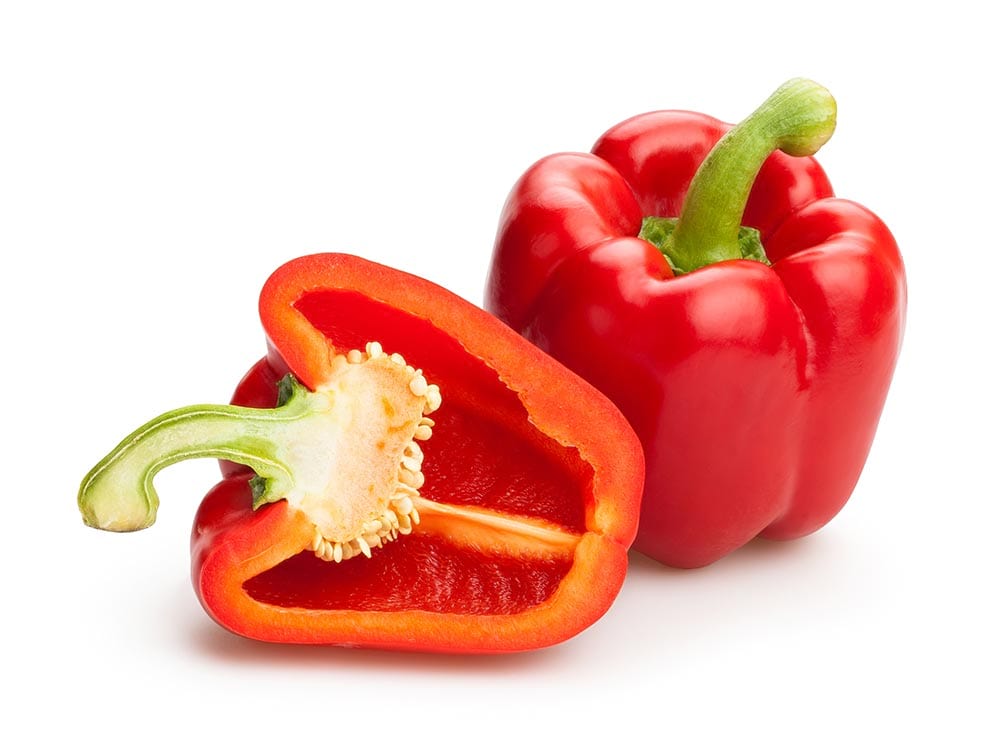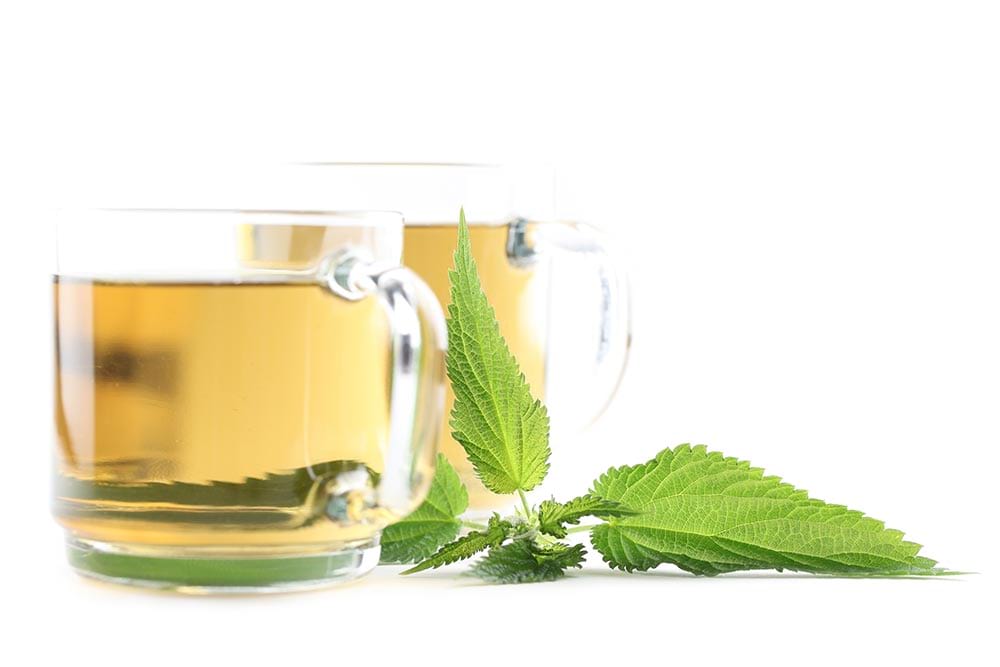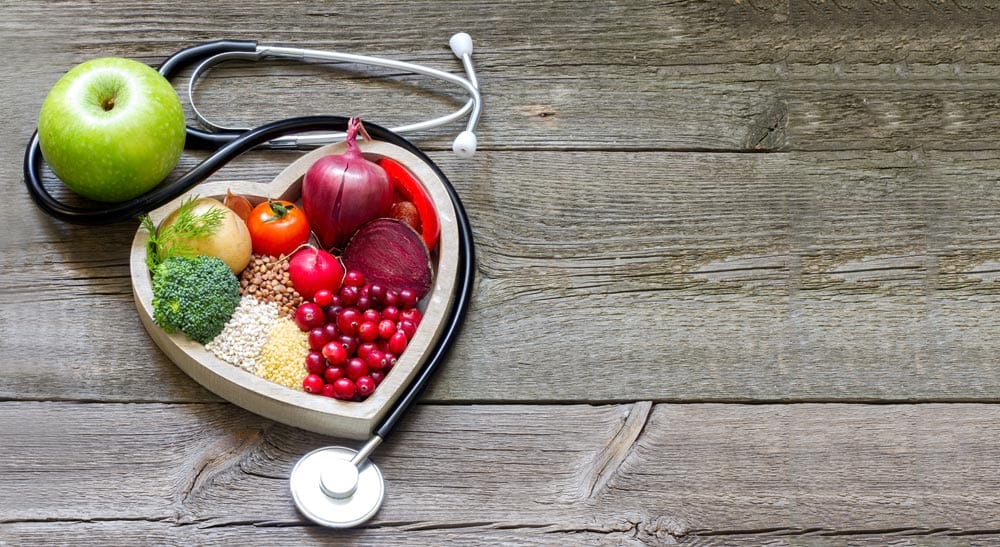By Siski Green | Published on October 9, 2017
When you’re looking to fix a leaky tap, you call the plumber. And when you’ve got problems with your wiring, you call the electrician. So who do you call when you’ve got a problem with your health? Probably the doctor, right.
But did you know that your diet holds the key to preventing and even treating many of your health problems? You can retrain your body to prefer healthy foods and lose weight more easily, you can build a strong immune system and you can even protect yourself against breast cancer – all by improving your diet.
Nutritionists know this better than anyone, which is why we asked them to tell us the types of foods they swear by. We also examined the latest scientific research on these produce to back up our experts’ advice.
So on the following pages is your manual to the foods that work hardest to keep you looking and feeling great.
The goal: Keep breast cancer at bay
The foods: Cruciferous greens (broccoli, arugula, brussel sprouts, cabbage, bok choy, kale, watercress and even wasabi)
Research published in the medical journal Cancer found people with the disease were far more likely to have poor diets, scoring very low on a healthy-eating index. This was especially true in regard to recommended intakes for green vegetables.
And while there are many fruits and vegetables, as well as whole grains, that are linked with reduced cancer risk, leafy greens and cruciferous vegetables seem to be particularly powerful.
In fact, recent research from the Linus Pauling Institute, Oregon, found sulforaphane, a substance found in cruciferous vegetables, appears to attack cancer cells, leaving healthy ones untouched.
Yum, for your health and longevity.
The goal: Be in a better mood
The foods: Oil-rich fish like salmon or tuna

Omega-3 fatty acids, found in cold-water fish like salmon and tuna, have been linked time and time again to combatting depression. But calcium, folate, iron, magnesium, zinc and vitamins B6, B12 and D have also been linked with mood swings, pre-menstrual tension and feeling low. And guess what? Salmon and tuna contain useful amounts of them all!
It’s not only about nutrients, though. “Maintaining steady blood-sugar levels is key to stabilizing mood,†says nutritionist Dr Marilyn Glenville, the author of Natural Alternatives to Sugar. “So, to prevent mood swings, I have a small meal every two to three hours that contains protein (eat breakfast, lunch and dinner, plus a snack mid morning and one mid afternoon).
“For example, a hard-boiled egg, 10-12 almonds, a small can of tuna and brown rice. This stops those roller-coaster highs and cravings for sweet foods. Because my blood sugar isn’t allowed to drop, my body will no longer ask me for a quick fix. As the blood sugar steadies, so will the mood swings – reduced adrenaline levels automatically make me feel happier and calmer inside.â€
A tastier way to stay even keeled you will not find.
The goal: Get clear, blemish-free skin
The foods: Pomegranates
Clear unblemished skin could be yours if you can improve your circulation, which in turn would help your outer layer to remove toxins and promote new cell growth, as well as give your body plenty of powerful antioxidants, too.
Pomegranates help prevent damage from free radicals via their antioxidants, but they’re also anti-inflammatory, which means a reduction in glowing red bumps all over your face. Plus, they contain ellagitannins: when broken down, these can be processed into ellegic acid, which you may have heard of. It’s used in plastic surgery to keep skin healthy while the procedure is going on.
Another study in Advanced Biomedical Research found pomegranates appear to protect your skin against the sun’s harmful rays.
And, finally, it’s also a great source of vitamin C, which helps your skin produce and maintain healthy collagen levels, giving it elasticity and strength. You’re sure to save on makeup.
The goal: Fighting off colds
The foods: Red peppers and chicken soup

While an orange might be your go-to food when you’re feeling the first symptoms of a cold, red peppers can give you more. That’s because they contain around three times the vitamin C compared to the same quantity of orange. Plus, they contain good amounts of the antioxidant vitamin A, which will also boost your immunity.
Chicken soup is a tried-and-tested way to not only relieve symptoms but also make you feel better sooner. Research published in the medical journal Chest showed chicken soup does help you breathe more easily and can even make your sore throat feel better. This is, say researchers, down to cysteine, an amino acid found in the bird that works as an inflammatory, reducing your symptoms and getting you back to fit in less time.
Grandma was right all along.
– RELATED: 5 Nutritious Fall Foods For A Healthier You –
The goal: Better weight control
The foods: Lean meat or beans, and dark berries
“Protein-rich foods help me on many levels,†says nutritionist Shona Wilkinson. “Firstly, ingesting lean meat or beans makes me feel fuller after eating. Proteins are digested more slowly than carbs, and stay in the stomach for longer. They also help the body digest carbohydrates when eaten together as a meal. This means more energy released throughout the day, but it also helps prevent sugar cravings.
“Secondly, protein helps to maintain or improve muscle mass and growth. Muscle burns more energy than fat so that’s good for your silhouette and your metabolism!â€
Polyphenols are also important when it comes to keeping your waistline slim. “We know that lack of diversity in food is associated with poor gut health and many diseases including obesity,†explains Professor Tim Spector, of Kings College London, UK, and author of The Diet Myth.
“So the main focus should not be on diets that eliminate food groups. Instead, one should eat more of the type of foods that contain a wide variety of fiber or complex chemicals, like polyphenols that act as a fertilizer for healthy microbes, and maintaining a diverse diet to maximize the diversity of ones gut microbes.â€
You can increase your polyphenol intake by adding more flavor to your meals – many seasonings, like oregano, sage, rosemary and thyme, are high in polyphenols. Blackberries and blueberries are also excellent sources.
But remember that variety is key here, so try to vary what you eat as much as possible, aiming to get a rainbow of fresh fruit and vegetables every day.
The goal: Reduced allergy symptoms
The foods: Nettles

These green leafy plants help reduce histamine levels, reducing your allergic response If you’re one of the millions of people worldwide who suffer with sneezing and streaming, itchy eyes during the summer months, that will be music to your handkerchiefs.
One study, from the National College of Naturopathic Medicine in Portland, Oregon, found that 58% of participants who were taking freeze-dried nettles saw improvements in symptoms. Drink it in tea form, or add some leaves to a salad, or just juice them (the stinging aspect disappears once they’re juiced, cooked or washed and dried in a salad spinner).
Okay, so it might not taste like herbal tea but it will leave you looking your best sans the red eyes and itchy nose.
The goal: Prolonged healthier eating
The foods: Three vegetables, each a different colour
“While the best for overall health and weight loss is a wide variety of real food, not one thing in isolation, I do have a favorite go-to food,†says Dr Sally Norton, a weight loss surgeon in the UK’s National Health Service and founder of health advice website vavistalife.com. “Veg. Any veg. Lots of it! It’s packed with vitamins and minerals and is the best way of filling up for few calories.
“Some people think I’m mad for loving veg so much – and I didn’t always – but scientific studies have shown that you can train your brain to like healthy foods instead of total junk and I guess it must be true! I’d rather have a plate of fresh green veg than chips any day.â€
Science backs this up, with research showing that if you reduce how much salt or sugar you eat, for example, your ability to detect salt or sugar increases – this means that you’ll need less sugar or salt in your food to make it taste good.
In one study, published in the American Journal of Clinical Nutrition, this process took four weeks or more, so at five weeks of eating more fruit, vegetables and other good stuff, your body should already be better at enjoying healthy food.
And the whole three-colors thing? Well, a study from Cornell University found if adults are presented with a plate full of healthy food, made up of three colors, they’re more likely to enjoy it than if there are fewer colors. Kids, however, prefer even more variety, with seven colors being optimum.
Keep your plates bright and cheerful and your health will do the same.
Nutritionist Siski Green has been writing about health and fitness for around 15 years but, despite having learned a great deal about how to live longer and stronger, she still can’t bring herself to drink green tea or eat kale.

